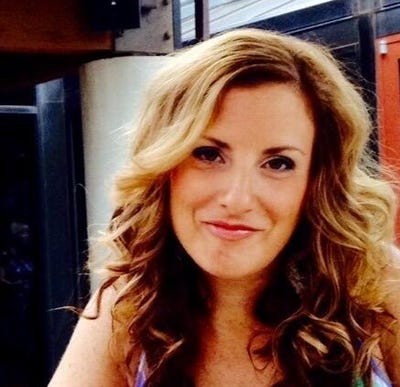Online Sales of CPG Private Label SurgeOnline Sales of CPG Private Label Surge
Dollar share more than doubles in two years. As e-commerce players continue to expand their CPG footprint, the channel has become ripe for further private-label growth, according to a new report from Coresight Research.
October 15, 2019

Annual sales of private label CPG are growing far faster year over year than national brands, and what’s more, these products have a high degree of shopper loyalty, according to the Private Label to Drive Disruption in CPG report from Coresight Research, New York.
“More than half (53%) of U.S. shoppers visit a particular retailer specifically to buy its own brands,” reports Coresight founder Deborah Weinswig, citing data from the Stamford, Conn.-based research company Daymon. “Furthermore, 85% of shoppers trust private brands as much as national brands, and 81% buy them on every, or almost every, shopping trip.”
As e-commerce players continue to expand their CPG footprint, the channel has become ripe for further private-label growth, says Weinswig, who points to CPG private label's online dollar share, which more than doubled in two years. CPG private label sales accounted for 3% of online value sales in the 52-week period ending March 31, 2019, up from 1.3% two years ago, according to Nielsen.
“For certain categories, CPG private label products are generating a significant portion of online sales,” writes Weinswig. Consider private label aluminum foil, online dollar sales of which are 27%, up from 10% just two years ago.
With direct access to ample shopper data that informs store-brand product development, retailers have a decided advantage in private label.
But online platforms share this advantage. “Like retailers, online platforms have been launching private label brands, often competing with brands they also carry,” notes Coresight. “Private labels allow e-commerce platforms to have more room to play in terms of pricing, allowing them to offer more products at low prices.”
Coresight’s 2018 research of Amazon’s private label offerings found that food and beverage—with 124 products—was the sixth-largest private label category on Amazon.com as of June 2018. At that time, Amazon offered an additional 126 private label CPG products, including health and household selections.
CPG brands recognize the opportunity and aren’t about to let online and brick-and-mortar retailers have all the fun. “In response to the private label threat, CPG brands have been adding direct-to consumer channels to develop their consumer contact points, and have been investing in innovation and data technology,” reports Coresight.
Weinswig said examples include Unilever’s acquisition of Dollar Shave Club in 2016; P&G’s 2010 launch of its own online shopping site, called eStore; and last year’s Colgate investment in Hubble, which operates a subscription model for contact lens delivery.
“That said, CPG brands have actually spent little on R&D: Unilever’s R&D spend was just 9.3% of total selling and administrative expenses, yet spending on marketing and advertising was close to 74% of total selling and administrative expenses in 2018, according to company reports,” finds Coresight. “Colgate-Palmolive spent just $277 million on R&D in 2018, 83% less than ad spend at $1.6 million on advertising in 2018, according to the company’s annual report.”
About the Author
You May Also Like






